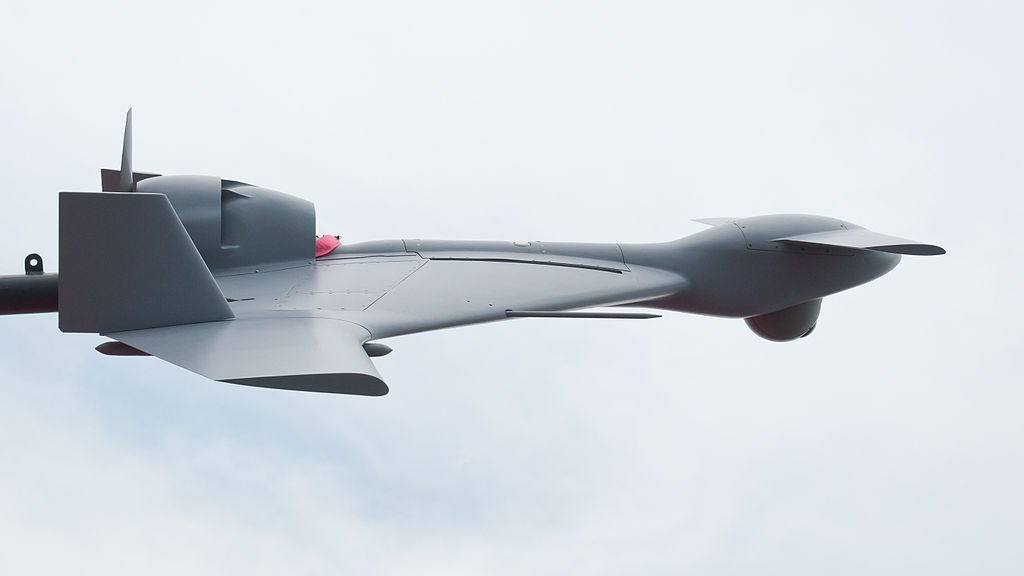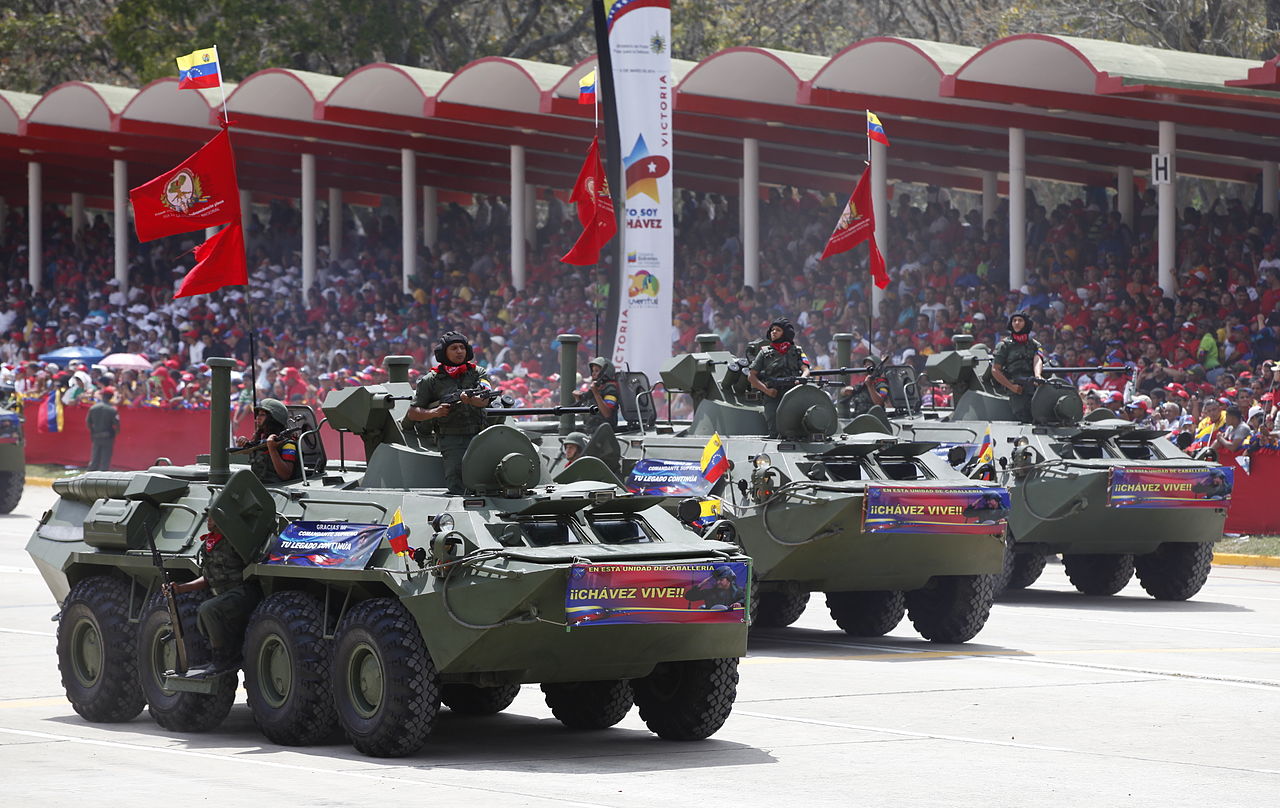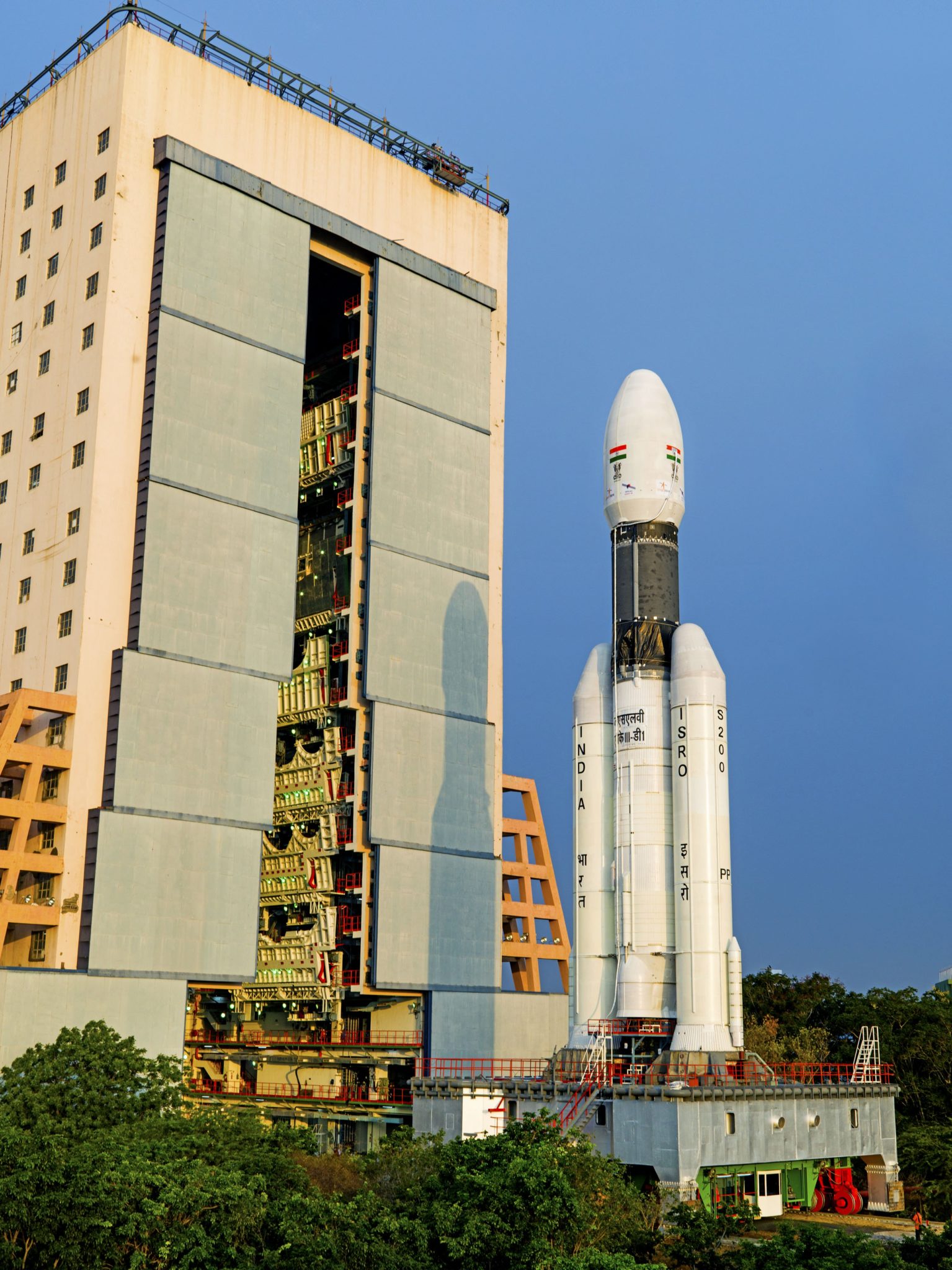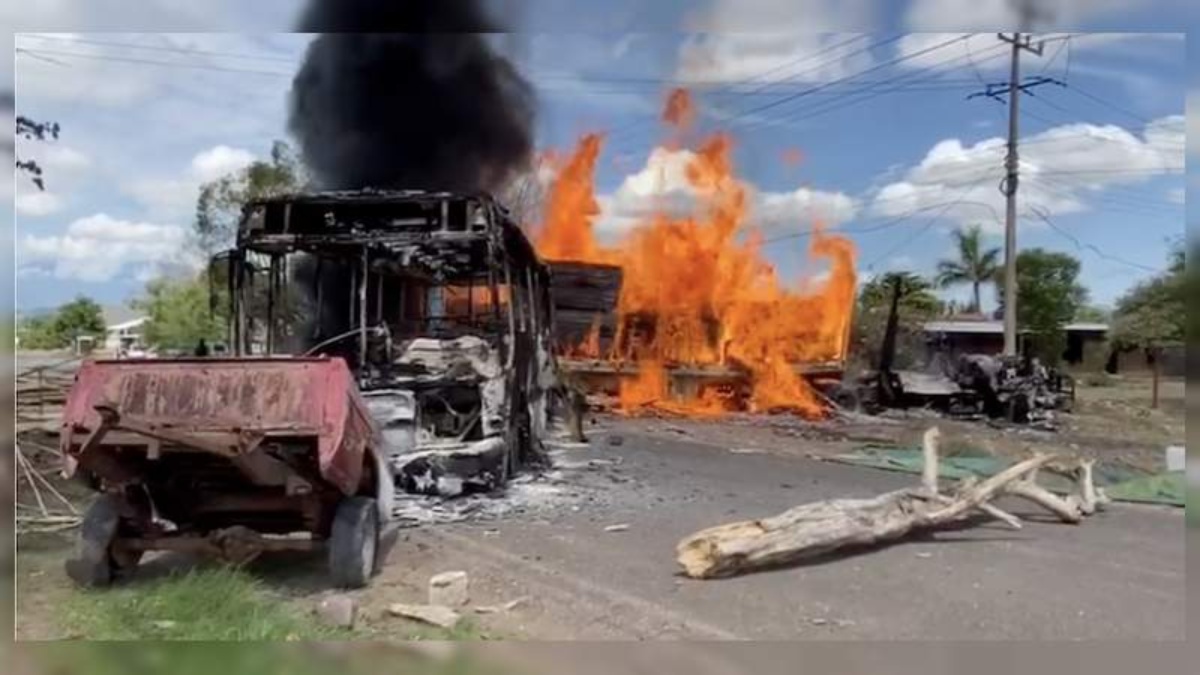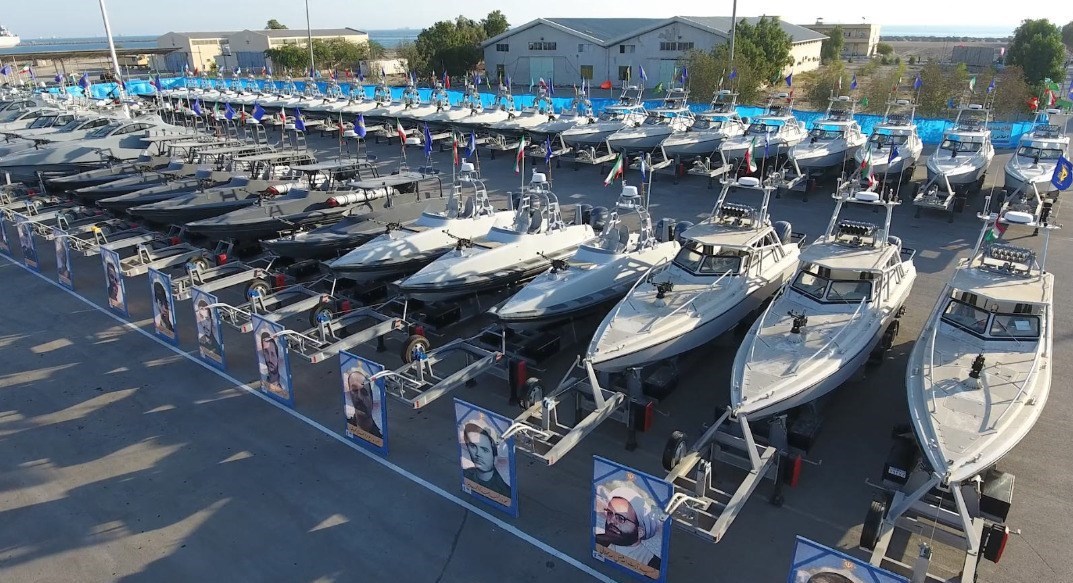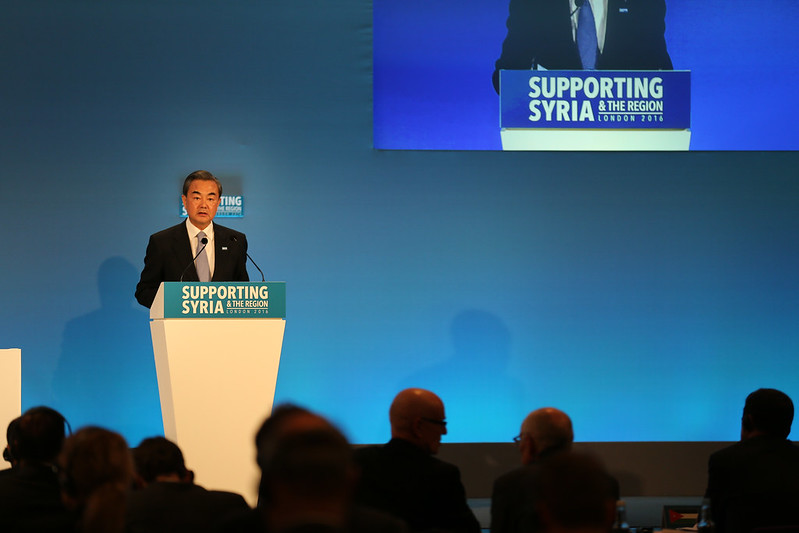
Wang Yi, China’s Foreign Minister at the Supporting Syria conference (2016).
“…The United States has not stopped looting Syrian local resources…”
Chinese rhetoric toward the U.S. presence in Syria has recently sharpened, signaling a further convergence of narratives with Russia criticizing U.S. involvement in Syria while possibly hinting at greater Chinese involvement in the Levant. Until recently, China’s criticism had largely been muted and vaguely worded, in contrast to the more direct accusations made by Syrian and Russian government officials and media outlets. The excerpted article from the Arabic-language version of the Chinese state-run publication The People’s Daily is illustrative, alluding to a U.S. policy of “frantic piracy and resource looting” in Syria and beyond. The article reinforces statements made by Chinese diplomats and is one of several pieces published in Arabic-language Chinese media highlighting the U.S.-facilitated transfer of oil from Kurdish-controlled areas of Syria across the border into Iraq. The Chinese emphasis on “looting” echoes a narrative that has been pursued by Russian and Syrian officials for several months, partially in response to the Western emphasis on Russia’s control over Ukrainian resources. Thus, China’s new approach reflects a narrative convergence with Russia, one that may portend greater coordination between these countries in the Levant.
Meanwhile, China is working on telecommunications development that would further enable its rhetoric and influence with Syria. In early 2022, Syria officially signed on to the Belt and Road Initiative, potentially setting the stage for greater Chinese economic involvement in the country. In late July, the two countries signed a letter of intent for China to furnish $30 million dollars of telecommunications equipment and software for Syria to rebuild its tattered network in war-torn areas of the country. As portrayed in an article from the pro-regime Syrian daily al-Watan, the agreement is a further landmark of deepening bilateral ties. An analyst cited by the Qatar-aligned daily al-Araby al-Jadeedascribes security significance to the deal, arguing that it is for “listening and jamming devices,” though no evidence is presented to back this claim. The deal could indeed be the start of greater Chinese involvement in Syria’s technological sector, though the modest sums involved belie the idea that it is of great consequence. Nonetheless, media coverage of the deal highlights a growing pattern of magnification of the significance of any Chinese aid or assistance. A good example of this comes from a recent report by the Center for Operational Analysis and Research, a Syria-focused research consultancy group. The report notes that even though Syria received more than triple the number of COVID-19 vaccines from the World Health Organization’s COVAX initiative than it did from China, Syria’s official news agency published at least 38 articles praising Chinese assistance, and only one reference to the COVAX aid.
Source:
“تعليق: سرقة النفط والقمح من سوريا .. حقيقة سيناريو الديمقراطية وحقوق الانسان الامريكي في الشرق الأوسط
(Theft of oil and wheat from Syria .. The reality of the American democracy and human rights scenario in the Middle East),” China People’s Daily – Arabic (Chinese daily), 8 August 2022. http://arabic.people.com.cn/n3/2022/0808/c31662-10132765.html
In recent years, the United States has engaged in frantic piracy and looting of resources in the Middle East… The United States has not stopped looting Syrian local resources since it stationed itself by force in the name of “fighting terrorism” in 2015.
Source:
“سورية والصين توقعان على مشروع لتوريد تجهيزات خاصة بالاتصالات والبرمجيات بقيمة 30 مليون دولار …
(China and Syria agree on project to supply communications and software equipment worth $30 million…),” al-Watan (pro-regime Syrian daily), 21 July 2022. https://alwatan.sy/archives/311198
The Chinese ambassador also revealed that China’s $30 million grant for the supply of telecommunications technology equipment — which was preceded about a month ago by the grant of 100 Chinese buses — will be followed in the coming days by the arrival of a new batch of Chinese food aid, including wheat and rice… In turn, the head of the Planning and International Cooperation Authority, Fadi Salti Al-Khalil… referred to the memorandum of understanding that was signed with the Chinese side at the beginning of this year for Syria’s accession to the Belt and Road Initiative…
Source:
“الصين تزود النظام السوري بمعدات وبرمجيات اتصالات
(China supplies Syrian regime with software and telecommunications equipment),” al-Araby al-Jadeed (Qatari aligned daily), 20 July 2022. https://tinyurl.com/utsk4cym
Meanwhile, economic researcher Younes al-Karim said in an interview with al-Araby al-Jadeed that the Chinese communication equipment announced today is likely to be “military, not civilian.” Al-Karim said that “the agreement is not new, it was revealed a while ago, and it is related to bringing in military listening and jamming devices.
Source: “China in Syria: Aid and Trade Now, Influence and Industry Later?,” Center for Operational Analysis and Research – COAR (Syria-focused research consultancy), 11 July 2022. https://coar-global.org/2022/07/11/china-in-syria-aid-and-trade-now-influence-and-industry-later/
As of February 2022, Syria has received more than 8.3 million doses of COVID-19 vaccines through the WHO-supported COVAX facility, while China has committed an estimated 2.6 million vaccine doses. As of early May 2022, SANA had published no fewer than 38 articles referencing Chinese bilateral support for COVID-related measures, noting that it “has spared no effort” to support Syria throughout the pandemic. By comparison, SANA had referenced the (largely Western) WHO-supported COVAX facility only once.
Image Information:
Image: Wang Yi, China’s Foreign Minister at the Supporting Syria conference (2016).
Source: DFID – UK Department for International Development, Flickr, https://www.flickr.com/photos/dfid/24789378436
Attribution: CC BY 2.0

